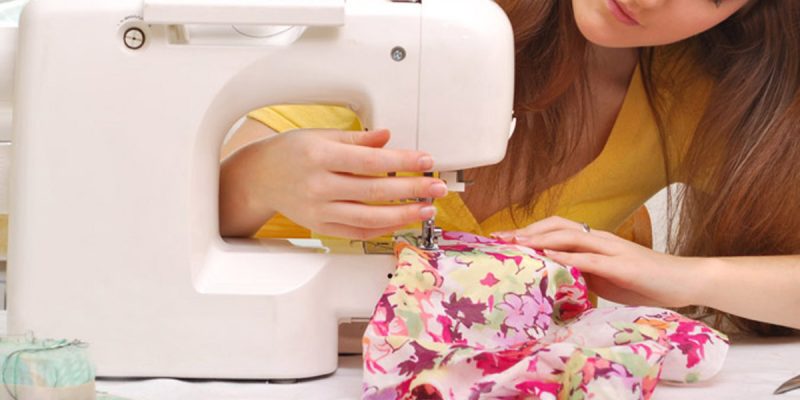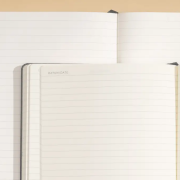Working towards a sustainable-resource oriented society is the numero uno trend nowadays. Cloth being organic and recyclable is the base of many products.
By learning to sew, one can experiment as a serious hobby or make things of utility. The possibilities are endless! However, sewing is not something one can master overnight – just like other skills.
It requires months of practice, determination and most importantly – creativity and thought. Formal training is the best way to starting your first stitch. But due to current distance regulations, one cannot pursue one-on-one classes.
Staying at home is a rather good time to brush up your sewing skills. If you have a sewing machine handy, it would be better; but you can also work on your hand-stitching skills.
This article will provide five valuable tips and hacks for the beginner. As they say, a stitch in time saves nine – literally!
1. Have Guides and Notebooks Ready
You can also label or tag extra helpful tutorial pages, such as how to change tension levels or pages for FAQ/troubleshooting, so you can still flip back to them. It can be helpful to quickly recall if you find yourself creating a pattern for the second or third time that you stitched it correctly.
For example, you can repeat certain settings like a zig-zag stitch at 10 lengths 6 width, and 5 tension settings (for instance), instead of reinventing the wheel and trying it all out again.
2. Orchestrate Your Room for Sewing
It makes the DIY operation much more pleasant and hassle-free when it’s simple and easy to find stuff in your sewing studio or workroom. A simple way to make that possible is to have a structured workspace.
In your sewing room or studio, have a pegboard to hang instruments and equipment for storage and organizing. Organizing your supplies by usage is also wise. You can put supplies you need nearer to you all the time so that they are easier to reach.
Use shelves or drawers for items you don’t use too much so that they can be kept out of the way yet still prepared when you need them. For items such as chalk and pencil markings, scissors, bobbins, hooks and clips, and more, reuse milk tins, gravy jars, etc.
It’s an excellent place to upcycle anything that was thrown away, and transparent jars allow you to see what’s inside without opening it.
3. Get Your Material Pre-Washed
Most of the directions you need will be in whichever design manuals you use. However, if there isn’t one, research the required instructions before you pre-wash it. When it’s a dress, any shrinkage happens right before you cut it out and not after you’ve made anything. You’re certainly not skipping this step and make sure you iron your material before you slice it out. This isn’t a little bit of a cut on the edges.
4. Don’t Push the Fabric Through Your Sewing Machine
This is a common error made by new sewers. You don’t need to pressure the fabric into the sewing machine or force it through. Let the sewing machine do the job. Directing the fabric and holding it straight as it is placed under the needle is all you should be doing.
Also, when you sew, you must be alert to not shift your hands across your fabric assembly. This will cause the fabric to slip around, and your perfectly smooth stitches will be destroyed.
5. Carefully Pick Your Fabric
The combination of material and design is game-changing. If you don’t know what fabric to opt for, keep in mind that viscose, rayon and crepe can be a bit off-putting. To carry on, either shop in a store and ask a professional for help. You can also look for the design you want on social media to see what fabrics other people have already picked.
The pattern will typically offer some recommendations, and you should be following them for the most part, unless you have a brilliant alternative idea that you trust.
The best fabric to practice with for a beginner is some kind of cotton material that you can precisely iron and doesn’t slip around. Linen is also a great cost-efficient fabric.
Everyone’s sewing experience is special. Experimenting is the key. Moreover, in this world of social media, there is plenty of inspiration available. With help from the internet, some pieces of equipment and innate talent, anyone can learn to create some custom-made apparel or accessories.












